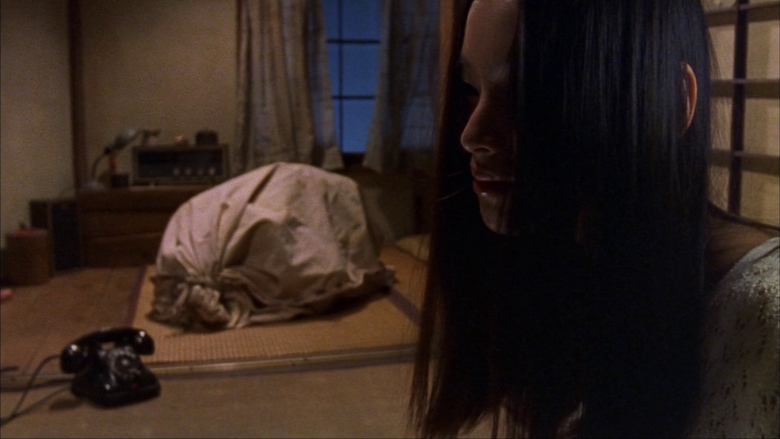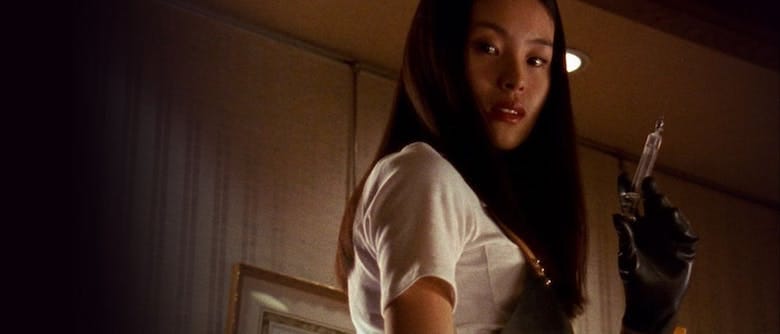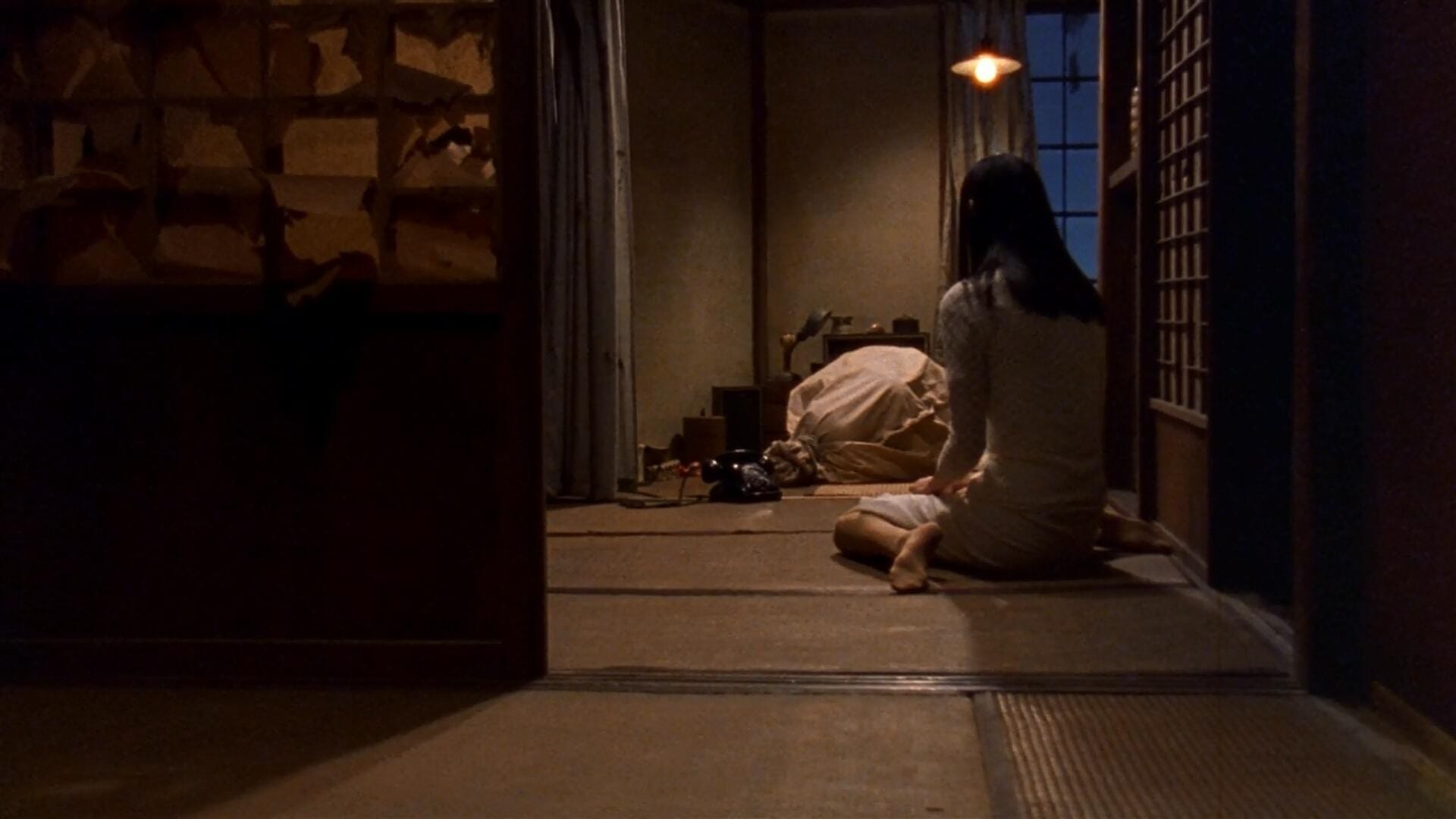Cult horror movies often employ a “calm before the storm” approach to lull viewers into a false sense of security before the final big horror reveal. Over the years, this approach has been a crutch, a handy tool, and sometimes a weapon in the hands of celebrated horror movie directors. However, if a movie connoisseur were to look for a complete and perfect embodiment of this approach, it would be found in acclaimed and celebrated Japanese director Takashi Miike’s 1999 film Audition, which went on to become a horror cult classic and an opus in the celebrated career of the celebrated, controversial auteur.
A bulk of Miike’s work consists of adaptations of novels and manga and Audition is no exception, being based on Ryu Murakami’s 1997 novel of the same name.
Along with other Miike masterpieces like Ichi the Killer, Audition has endured as a cult favorite among horror aficionados and a controversial film that saw a range of reactions from critics all over the world.

The key disturbing element in the movie stems from the contrast between its two halves- an idyllic, sometimes cheesy love story with subtle unsettling undertones, and a slash fest of body horror, torture, and violence.
For true horror movie fans, here is the Audition movie explained.
The Plot of Audition
Aoyama is a widower whose wife passed on seven years ago. Now, he lives with his son, with whom he enjoys a close bond of friendship. He is wealthy, middle-aged, and underneath the façade of a fulfilling life, lonely. He longs for companionship but is weary of traditional dating practices. He longs to find a companion who ticks all the right boxes. His friend suggests an ingenious way of finding the woman of his dreams – a fake audition for a nonexistent movie where Aoyama can meet women trying out for a role.
This is where Aoyama meets and starts feeling attached to Asami, a young girl of 24 who looks like a perfect submissive, quiet, and attractive foil for him. As he starts spending more time with her getting to know her better, he gets more smitten and decides to pursue her, even if the references on her resume all turn out to be dead ends. Eventually, they go to spend time in a seaside resort and after a night together, Aoyama wakes up to find her gone.
As Aoyama tries to reach her by visiting several places associated with Asami, he learns troubling details about her. At this point, we also see Asami visiting Aoyama’s home, becoming enraged seeing a picture of him with his late wife, and moving towards his drink decanter. Eventually, Aoyama gets back home, drinks from the decanter which was laced with chemicals, and loses consciousness.

When he comes to, he is injected by a paralytic by Asami, who then proceeds to torture him violently, employing a large number of needles and a wire saw. She is finally mortally wounded when Aoyama’s son gets home, gets into a scuffle with Asami, and kicks her down a flight of stairs. The movie ends with a dying Asami whispering to words of love.
Audition – Movie Explained as a Masterclass in Contrasts
Throughout the first half of Audition, viewers get to enjoy what is essentially a love story, notwithstanding the peculiarities of Aoyama’s twisted approach in finding a partner. Asami seems like a deep, thoughtful character and her slow, reluctant bonding with Aoyama might well find place in a happy, feel-good Valentine’s Day movie.
The transition period quickly disseminates essential facts about Asami that point to a disturbed past full of violence and sexual torture. In a matter of a few minutes, using surreal hallucinations and morbid scenes, Miike establishes that Asami is not what she seems and it is virtually impossible to know and gauge people correctly, no matter how close you might get to them.
The switch to the extremely violent, graphic ending is so sudden and jarring that the audience might be forced to feel uncomfortable and even sick. Gratuitous, graphic violence has often found its way into Miike’s films and this is no exception.
However, the impact of that violence is greatly exaggerated specifically due to its contrast with the film’s romantic, calm, and feel-good first half.
— FOUNDATIONS OF HORROR —
Further explore these subgenres & tropes. more>>
#Revenge is Sweet | #Torture Time

Miike further enhances the crushing impact of the film’s conclusion by throwing in a confusing flashback, which indicates that it was all a nightmare and none of it actually happened. In a matter of seconds, however, viewers are plunged back into the nightmare and its realism gets cemented one final time, creating a horror swerve masterpiece for the ages.
For horror aficionados looking for something substantially different from the usual Hollywood horror fare, Takashi Miike’s Audition is sure to be a cult favorite, with its masterful use of contrasting halves creating a horror impact rarely found elsewhere.
Additional Reading About Audition
Revenge is Sweet: The Bitterness of Audition
Why Takashi Miike’s Audition is a piercing feminist film in disguise
Gore Galore: Takashi Miike’s Audition
Jokes and Their Relation to the Uncanny: The comic, the horrific, and pleasure in Audition and Romero’s Dead films
Last Updated on January 28, 2022.


1 Comment